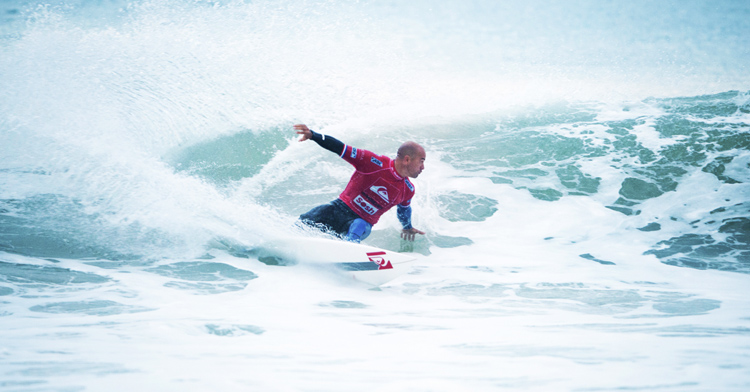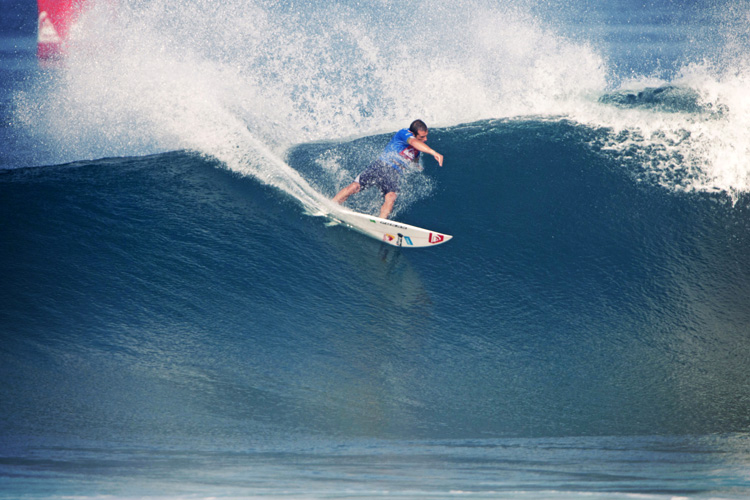Whether you're a highly competitive pro surfer or simply a passionate recreational surfer, you've got to master the art of the cutback. It's the ultimate surf maneuver for speedy A-frame waves with flat spots.
The cutback defines modern surfing. Back in the day, when surfboards didn't have fins, all you could do was catch the wave and ride it straight to the beach.
The fin revolution opened a new chapter in wave riding, and a whole new world of opportunities popped out.
Fins allow surfboards to carve. As a result, if a surfer is going too fast, he needs to return to the power source by burying the rail and getting back to the curl.
A cutback is an S-shaped line drawn as wide as possible on the face of the ripple.
A cutback is a classic carve on the wave's wall. A perfectly executed cutback will require an optimal balance between hips, shoulders, toes, heels, and arms.
Then, after doing it correctly, you can try its multiple variations, such as the roundhouse cutback, the 360, the tail slide cutback, and the rail grab cutbacks.
Surfing's cutback is the end and the beginning of something, and it can be considered a quintessential turn in modern wave riding.
You'll see cutbacks being performed in bodyboarding, wave windsurfing, kitesurfing, and even skimboarding.
Power, style, grace, and elegance are some attributes often used when describing the magical signature carves by the likes of Phil Edwards, Mark Occhilupo, Shaun Tomson, Tom Curren, and Kelly Slater.

Cutback 101
The cutback should always be done at full speed on a diagonal wave face.
If you cut back on a vertical wall, you'll probably wipe out; if you cut back on a slow, flat, and horizontal face, you'll also lose speed and the wave.
Keep in mind that a cutback is more than just turning back towards the whitewater. Learn how to do a beautiful cutback:
- Take off and drive off the bottom of the wave;
- Eye the part of the wave where you'll cutback;
- Shift your weight from toeside to heelside using your back foot;
- Use your front foot to control the board's transition from rail to rail without losing speed;
- Look over the shoulder and make sure you don't bury the nose of the board;
- Release the rail when you've decided what to do next;
- Hit the lip of the breaking wave or return to the surf line;
The more power you apply to your carving rail, the more spray you'll get. Remember to keep your knees bent, maintain a low center of gravity, and look where you're going.
The cutback will always reposition yourself back in the power source, i.e., on the foam ball.
